Cooking Korean at Home – A Flavorful Journey
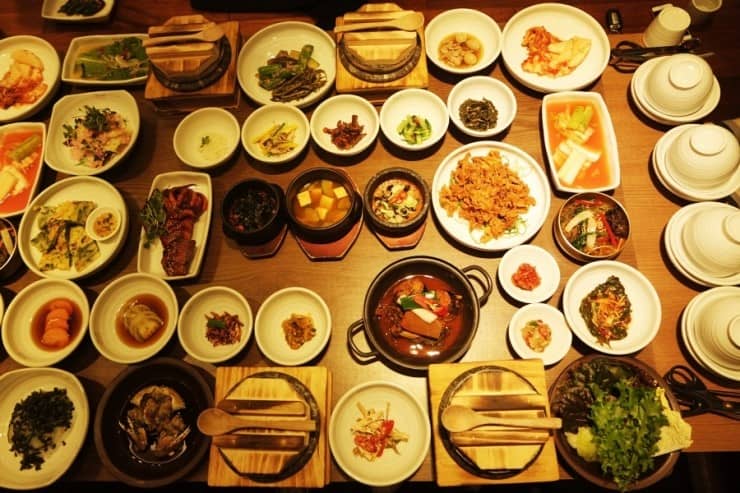
Have you ever watched a K-drama and found yourself craving the colorful dishes on the dinner table? Or maybe you tried Korean food at a restaurant and thought, “I wish I could make this at home!” The truth is, Korean cooking doesn’t have to be complicated. With a few key ingredients and easy steps, you can recreate the warmth and excitement of Korean meals right in your own kitchen.
This guide will introduce you to 10 simple yet delicious recipes that are perfect for beginners. Each dish carries a taste of Korea’s culture – spicy, savory, sweet, and comforting all at once. So, let’s roll up our sleeves, gather some ingredients, and start cooking!
Essential Korean Ingredients
Before we dive into cooking, let’s get familiar with a few ingredients that give Korean dishes their unique character. Don’t worry – most of these are easy to find in international supermarkets or online Asian grocery stores.
Rice & Noodles
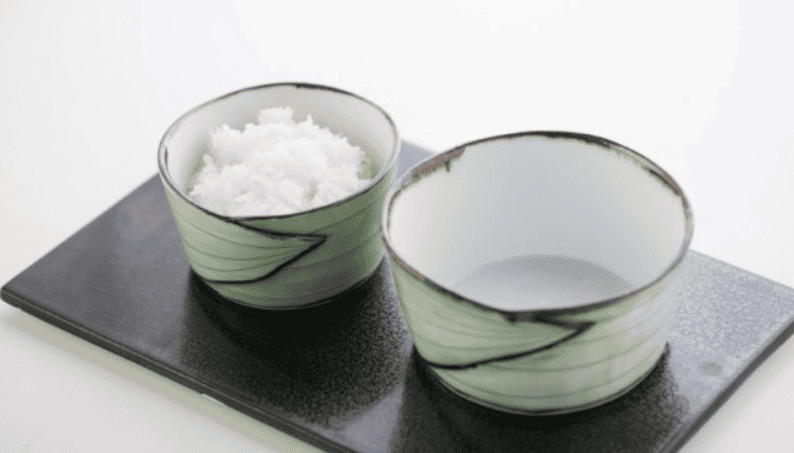
Rice is the foundation of most Korean meals. It’s soft, sticky, and comforting. Glass noodles made from sweet potatoes (dangmyeon) are also widely used, especially in stir-fried dishes like Japchae.
Sauces & Seasonings
What makes Korean food so addictive? The sauces!
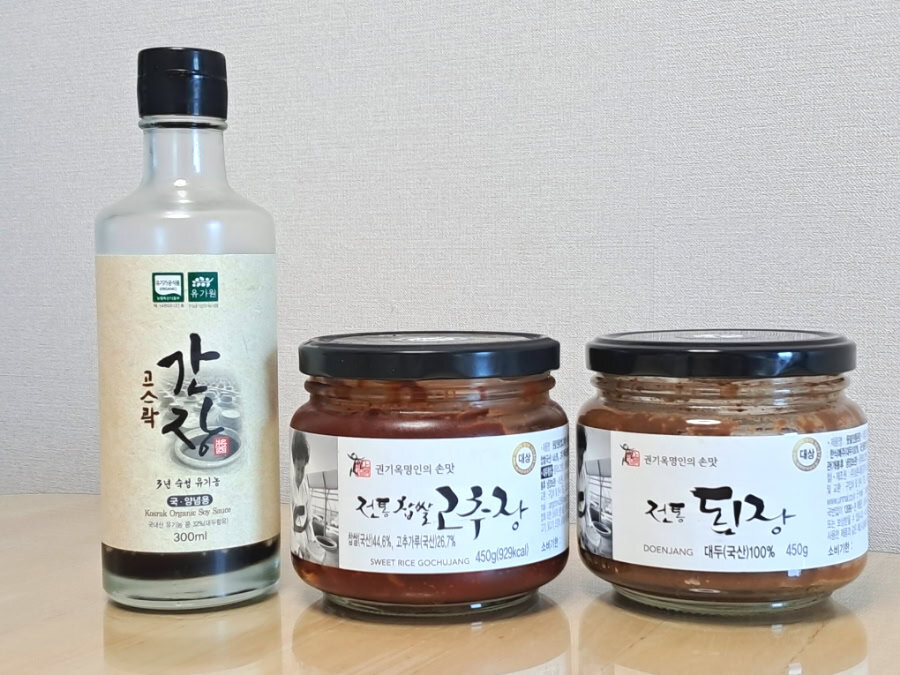
- Gochujang (고추장): A spicy-sweet red chili paste.
- Soy Sauce (간장): Adds savory depth to marinades and soups.
- Doenjang (된장): Fermented soybean paste with a rich umami flavor.
- Sesame Oil (참기름): A finishing touch that adds nutty aroma.
Fresh Vegetables & Proteins
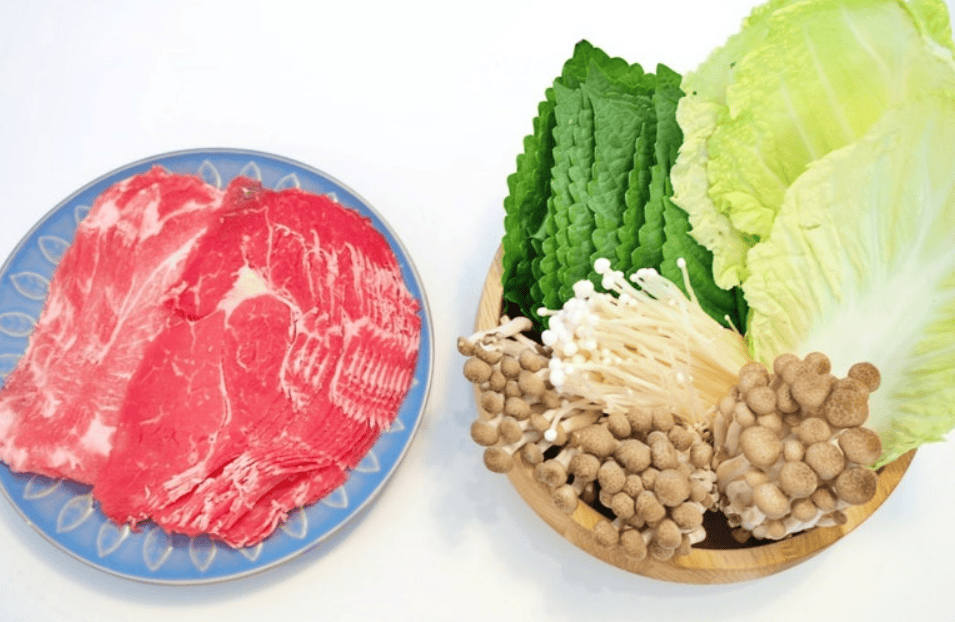
Korean cuisine celebrates fresh produce. Napa cabbage, garlic, onions, zucchini, mushrooms, and green onions show up in countless recipes. For proteins, beef, pork, chicken, tofu, and seafood are the stars of many dishes.
10 Easy Korean Recipes You Can Try
김치볶음밥 (Kimchi Fried Rice)
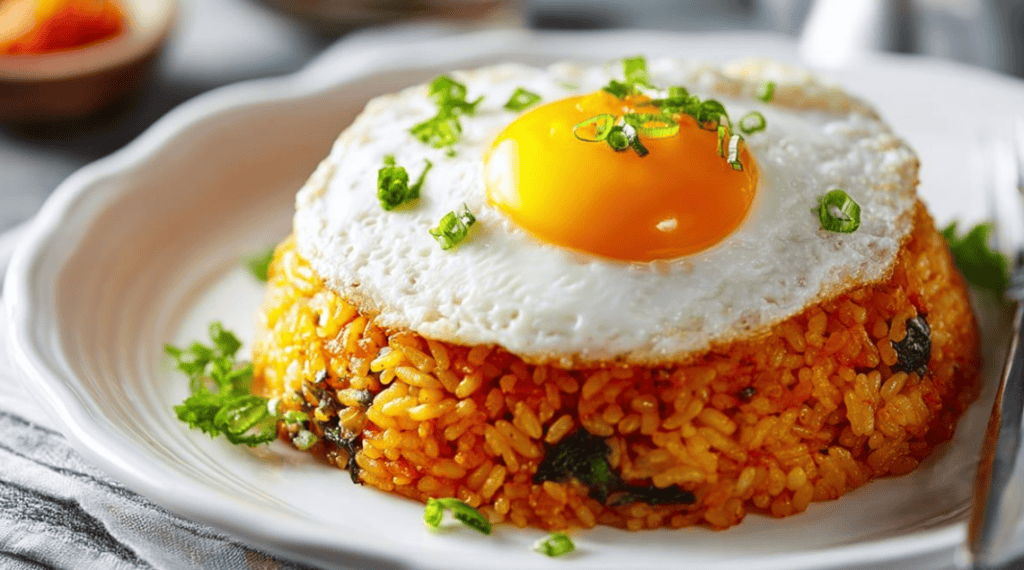
If there’s one dish that perfectly combines simplicity with flavor, it’s kimchi fried rice. With just a bowl of leftover rice, some kimchi, and a dash of gochujang, you can make a satisfying meal in minutes. It’s spicy, tangy, and so comforting – the ultimate Korean quick fix.
계란말이 (Korean Egg Roll)

Think of this as a fluffy omelette, but rolled and sliced beautifully. Korean egg roll (gyeran-mari) is often served as a side dish in lunch boxes, and it’s a favorite for kids and adults alike. You can add carrots, green onions, or even seaweed to give it extra color and texture.
잡채 (Japchae)

Japchae is a stir-fried noodle dish made with sweet potato glass noodles, vegetables, and sometimes beef. The noodles are chewy, the vegetables add crunch, and the sesame oil ties everything together with a fragrant finish. It’s often made for parties and celebrations, but you can enjoy it any day.
떡볶이 (Tteokbokki)

Spicy, chewy rice cakes swimming in a gochujang-based sauce – this street food classic is loved by students and travelers alike. Tteokbokki is sweet, spicy, and endlessly addictive. Try it with fish cakes and boiled eggs for the full experience!
부침개/전 (Korean Pancakes)

Crispy on the outside, soft on the inside – Korean pancakes (jeon) are made with flour batter and a variety of fillings like green onions, kimchi, or seafood. They’re usually paired with a soy-vinegar dipping sauce and are perfect for sharing with friends over drinks.
불고기 (Bulgogi)

Bulgogi is often the first Korean dish people fall in love with. Thin slices of beef are marinated in soy sauce, sugar, sesame oil, garlic, and a touch of pear juice for natural sweetness. When grilled or stir-fried, the beef turns tender and juicy, bursting with flavor. Pair it with rice, and you’ll see why it’s such a crowd favorite.
쌈 (Korean BBQ Lettuce Wraps)

One of the most fun ways to enjoy Korean food is making “ssam.” Take a fresh lettuce leaf, add a piece of grilled meat, a spoon of rice, a dab of ssamjang (spicy soybean paste), and wrap it up in one bite. It’s delicious, interactive, and healthier than you think!
비빔밥 (Bibimbap)

This colorful rice bowl is a Korean icon. Bibimbap means “mixed rice,” and it’s exactly that – rice topped with assorted vegetables, a fried egg, gochujang, and sometimes beef. The magic happens when you stir it all together. Each bite is different, and every spoonful is delicious.
된장찌개 (Doenjang Jjigae)

If miso soup had a Korean cousin, it would be doenjang jjigae. Made with fermented soybean paste, tofu, zucchini, mushrooms, and sometimes clams, this stew is earthy, hearty, and comforting. It’s often served alongside rice and grilled fish as a daily home-cooked meal.
치킨 (Korean Fried Chicken)

Crispy, juicy, and coated in a sticky sweet-spicy sauce – Korean fried chicken is unlike any other fried chicken in the world. It’s double-fried for extra crunch, and the sauce makes it absolutely addictive. Perfect with a cold beer, it’s a weekend favorite!
Helpful Cooking Tips for Beginners
Cooking Korean food at home may feel intimidating at first, but once you try a few recipes, you’ll notice how simple and fun it can be. Here are some tips to make your journey smoother:
- Start with what you know
If you already cook rice or make omelettes, start with dishes like kimchi fried rice or Korean egg roll. They’re quick, forgiving, and will boost your confidence. - Stock up on essentials
Keep gochujang, soy sauce, sesame oil, and garlic in your pantry. These four ingredients alone can help you recreate countless Korean flavors. - Prep ingredients in advance
Korean cooking often involves multiple small side dishes. Chop your veggies ahead of time and store them in containers so cooking feels less overwhelming. - Balance flavors
Korean food is all about harmony – spicy, sweet, salty, and savory. Taste as you go, and don’t be afraid to adjust seasonings to your liking. - Enjoy the process
Cooking should be fun, not stressful. Put on some K-pop music or your favorite K-drama in the background while you cook. It will make the experience even more enjoyable!
Where to Find Korean Ingredients Abroad
One of the biggest concerns for beginners is, “Where do I even buy these ingredients?” The good news is that Korean food has become so popular worldwide that most items are easier to find than ever.
- Asian Supermarkets: Most cities have at least one Asian grocery store. Look for H Mart (in the US), Lotte Mart, or smaller local stores that carry Korean staples.
- Online Shopping: Websites like Amazon, Walmart, and local Asian grocery platforms often stock gochujang, kimchi, and ramen.
- Korean Restaurants: Don’t hesitate to ask! Many Korean restaurants sell homemade kimchi or can recommend where to shop.
- Substitutions: If you can’t find certain items, don’t stress. Use miso paste instead of doenjang, or any chili paste in place of gochujang until you can get the real thing.
Bringing Korean Flavors to Your Table
Cooking Korean food isn’t just about filling your stomach – it’s about creating an experience. Imagine setting the table with small side dishes, a bowl of rice, and one of the recipes you just cooked. Suddenly, your dining room feels like a little Korean restaurant.
Korean cuisine is about sharing, so invite your friends or family to join you. Show them how to wrap bulgogi in lettuce leaves, or let them mix up their own bibimbap. These little rituals turn a simple meal into something memorable.
And remember, you don’t have to cook all 10 recipes at once. Start small – maybe kimchi fried rice this week, then bulgogi next week. Over time, you’ll build your skills, your pantry, and your confidence. Before you know it, you’ll be hosting full Korean dinners and impressing everyone around you.
Wrapping Up with Flavor and Warmth
Cooking these 10 easy Korean recipes is more than just learning new dishes – it’s about bringing a piece of Korea into your life. Every spoonful of bibimbap, every bite of crispy pancake, every sip of doenjang jjigae tells a story of culture, community, and comfort.
So, choose one recipe, gather your ingredients, and take that first step into Korean cooking. Soon, your kitchen will be filled with the aromas of garlic, sesame, and chili, and your dining table will become a place of joy and discovery.
Leave a Reply